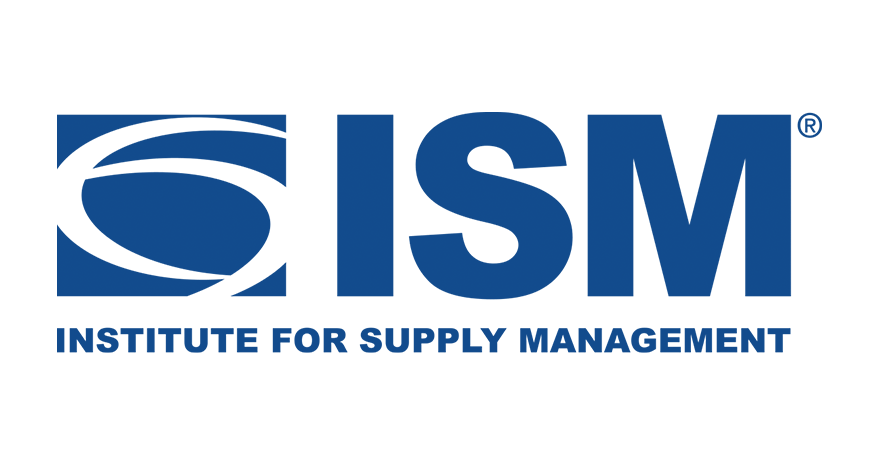U.S. ISM PMI on March
The manufacturing sector indices of the US purchasing managers were released in the final assessment of March
The expected number was 49.3, while the actual number was 49.2 that this print is weaker than expected and pressured on USD and strength bond yields.
S&P Global Institute report:
- The US manufacturing sector continued to signal trends in March. Although output rose for the first time since last October, the growth was small and largely supported by increased output following a record easing of supply chain pressures.
- On-time delivery of inputs allows companies to work through the backlog, but weak demand due to pressure on consumer spending from rising interest rates and inflation presents challenges for commodity producers if there is little change in domestic consumer appetite. and be created internationally.
- Weak demand for inputs led to further reductions in input cost inflation for manufacturers. However, a lack of new orders hampered efforts to attract customers as sales price inflation eased significantly to the weakest rate since October 2020.
- However, inflationary concerns once again weighed on business confidence due to pressure on profit margins.
- Encouragingly, companies were able to increase factory labor capacity again.
ISM PMI manufacturing index for March
The previous number was 47.7, The expected number was 47.5 and The real number is 46.3
component of paid expenses, Prev number 51.3, expected number 51.2, and actual data printed 49.2 !
Employment
Prev: 49.1, expected was 49.8 and printed by 46.9
After this consistently weaker-than-expected report, As a result to expectations for an interest rate hike by the Federal Reserve for the May meeting fell slightly, which helped to strengthen relative sentiment and weaken the dollar index and yields.
However, we will reach a point where at the end of the interest rate hike cycle, bad economic data will also be negative for sentiment.


